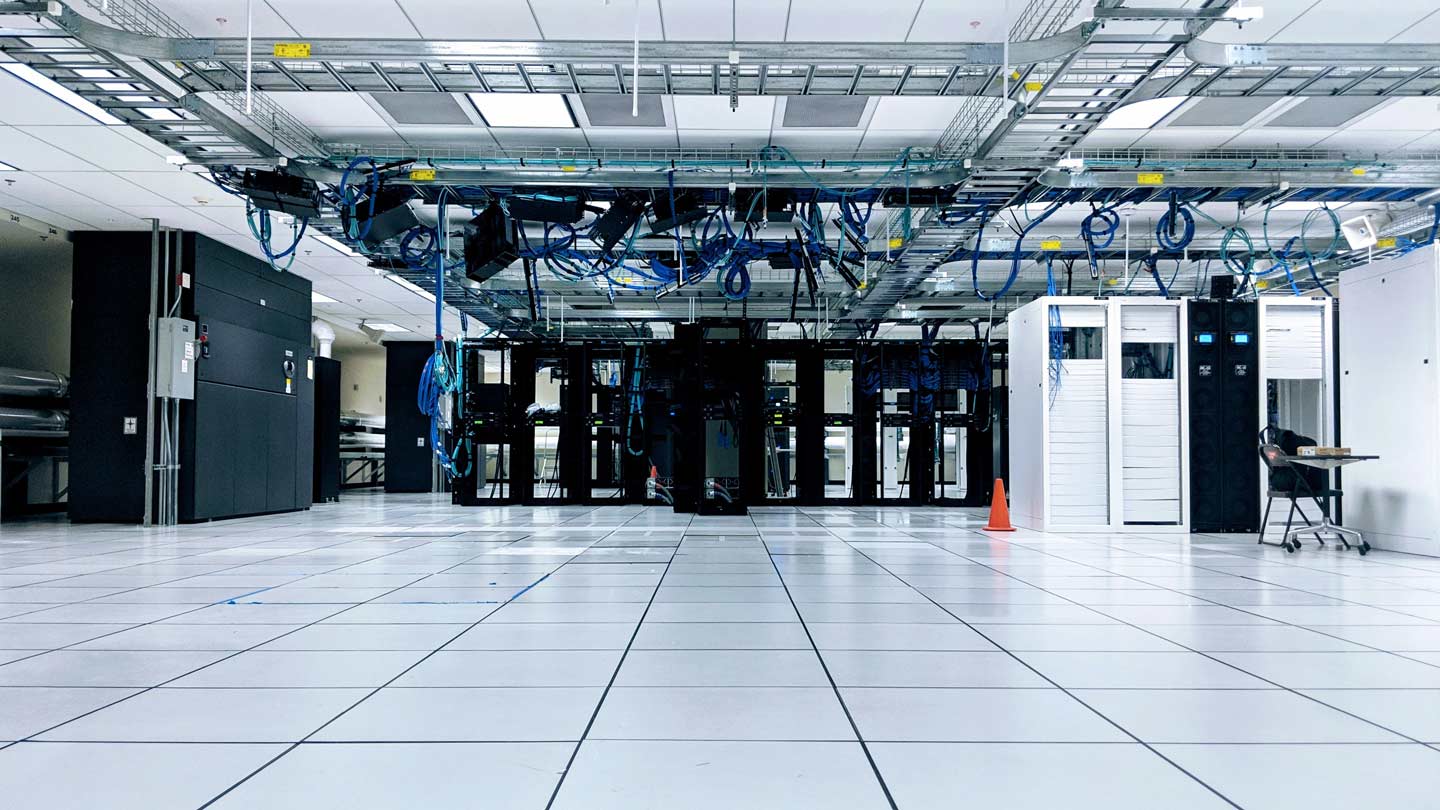Generally, Data Centers have been located in places close to telecommunications infrastructure. However, with connectivity now more widely accessible and available, the smart choice is to have data centers “purposefully designed” rather than built or purchased in a more convenient location. Top data center markets have the critical mass and mix of communications, reliable power, and economic incentives built in for succeeding.
Regional data center markets will develop as a hub and spoke to these top markets and will supplement that growth, not replace it. There are several factors that are key for future growth in these new markets.
• A friendly tax environment
• Low tendency for natural disasters
• Favorable climate/conditions for cooling
• Relatively low cost of power
• Geographic location close to major metro areas (i.e. Boston, New York)
Key factors driving changes in data center markets include:
• Businesses’ dependence on the internet and the preference to house their data and applications close to their offices.
• Content is moving closer to end-users to avoid poor performance and applications are requiring intensive bandwidth.
So, the question is: will these local businesses put all their data in the cloud? Some users will utilize a public cloud while many others pursue a “hybrid cloud.” This means some assets shift to cloud platforms and other applications stay local. Some American “IT” users will want their data and equipment close at hand. Over time their equipment will reside in third-party data centers instead of an IT room or closet. A major determining factor concerning where the data and equipment will reside center around mandatory compliance requirements and which data centers meet or exceed those requirements.


